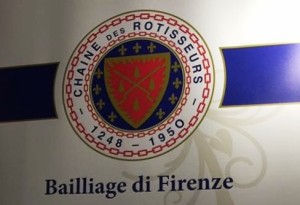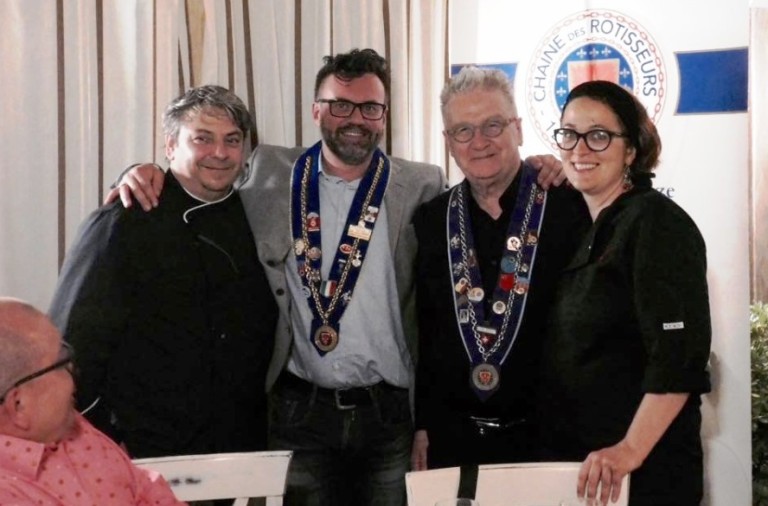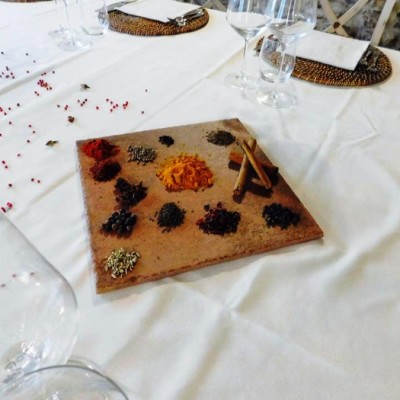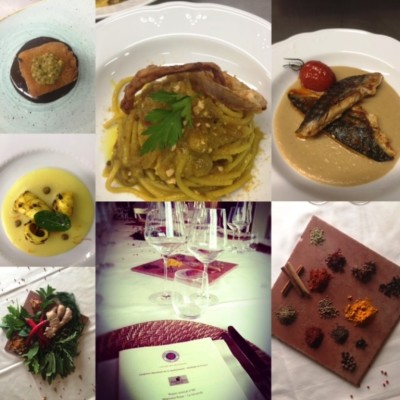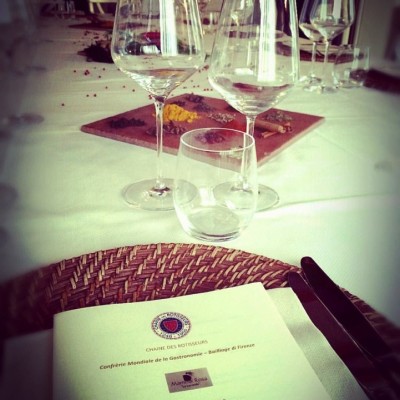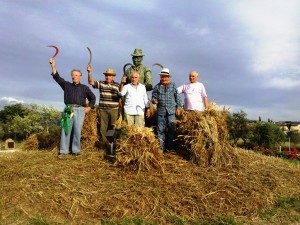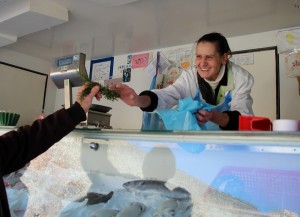Articolo disponibile anche in: Italian
In the far away Middle Ages organizations called “corporazioni” evolved.. These became the ”corpora o collegia” of Roman law. They indicated the union of people, tied together by a voluntary connection for the combination of functions or their profession.
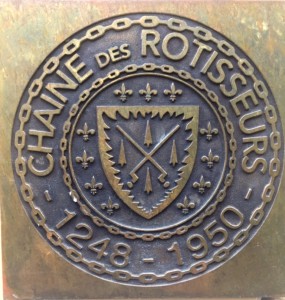
ed together by a voluntary connection for the combination of functions or their profession. These “corpora” outlived other historic events until, in the 12th century, thanks to their evolution, they became “Corporazioni” or “Confraternite”.
They gained an autonomy which others did not know. This autonomy greatly contributed to the creation of the “Comuni” in Itally.
These were organized according to a strict autonomous base. These “Confraternite’”, considered as communities of art and trade, assumed positions of preeminence in the administrations of the communities in which they operated.
In 1268, Louis XIV solemnly consecrated the “Corporation des Rotisseurs,”.
In 1610, Luigi the 18th officially recognized it and conceded that they have a stem. The “Chaine de Rotisseurs,” has been present in Italy since 1960.
The national “Bailliage” of Italy, an association at the national level, operates for the diffusion of the culture of gastronomy through territorial “Bailliages”.
These represent the marvelous diversity of our territory and its food/wine talents and fulfill their mission through the organization of quality and cultural gastronomic events.
In the territory of Chianti, the Locanda Mammarosa, in Calzaiolo (along the via Cassia between San Casciano and Bargino) are part of this history.
Here, the culture of gastronomy, local products, genuineness, working on meat and fish, are a daily requirement. This is an additional brand of quality: both for the Locanda Mammarosa and for all of Chianti.
